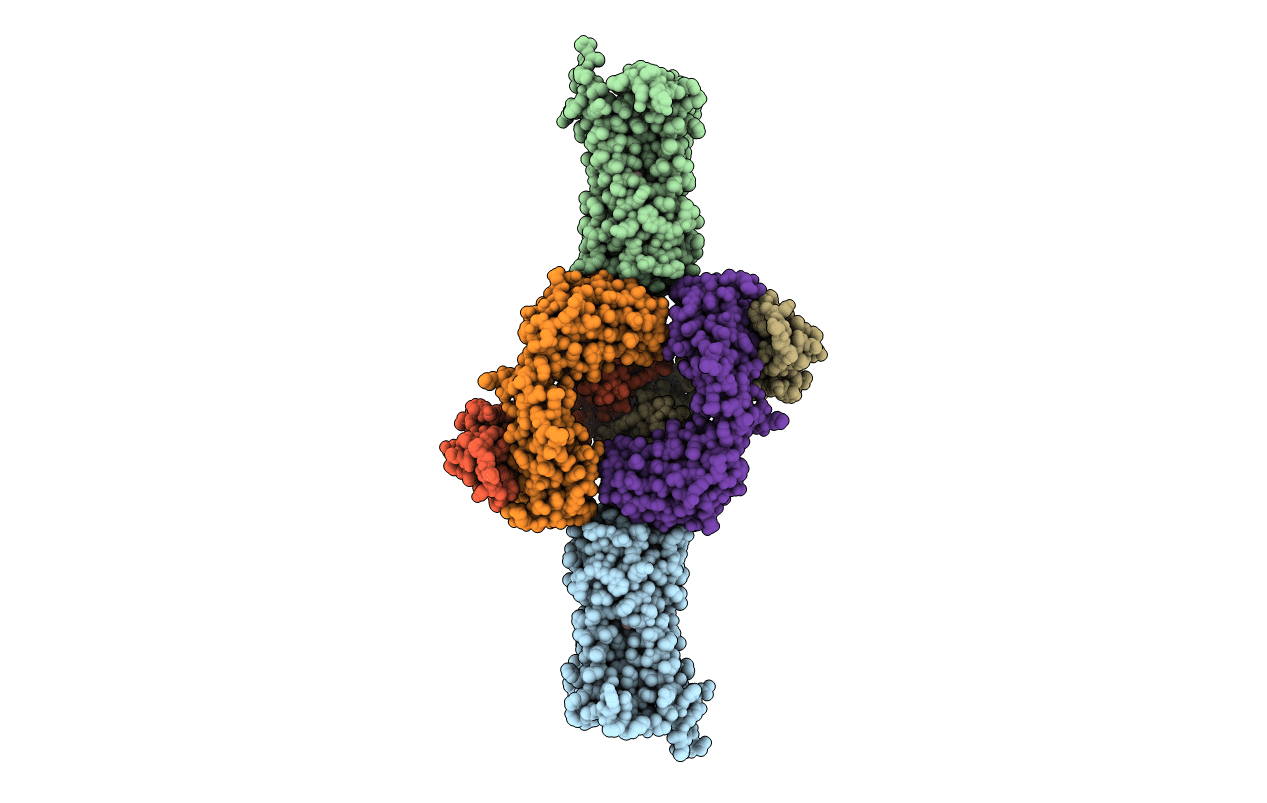
Deposition Date
2020-05-18
Release Date
2021-06-09
Last Version Date
2024-11-20
Entry Detail
PDB ID:
7C4S
Keywords:
Title:
Sphingosine-1-phosphate receptor 3 with a natural ligand.
Biological Source:
Source Organism:
Homo sapiens (Taxon ID: 9606)
Mus musculus (Taxon ID: 10090)
Mus musculus (Taxon ID: 10090)
Host Organism:
Method Details:
Experimental Method:
Resolution:
3.20 Å
R-Value Free:
0.26
R-Value Work:
0.24
R-Value Observed:
0.24
Space Group:
C 1 2 1


